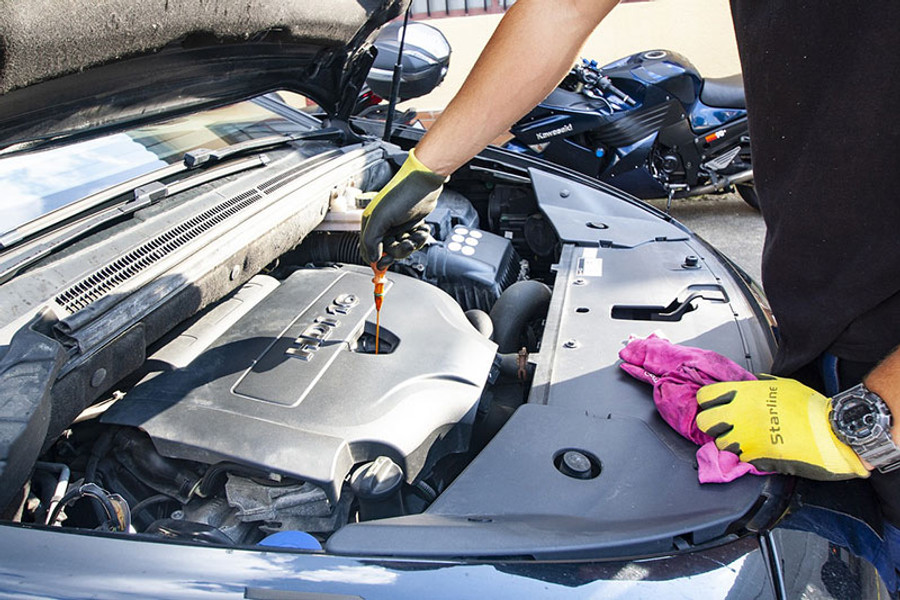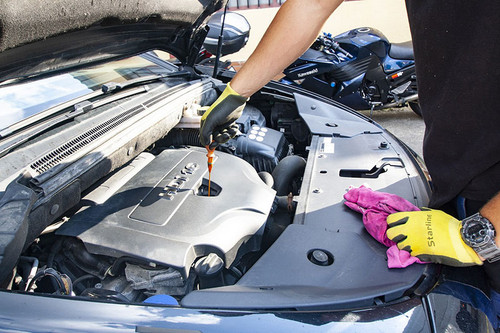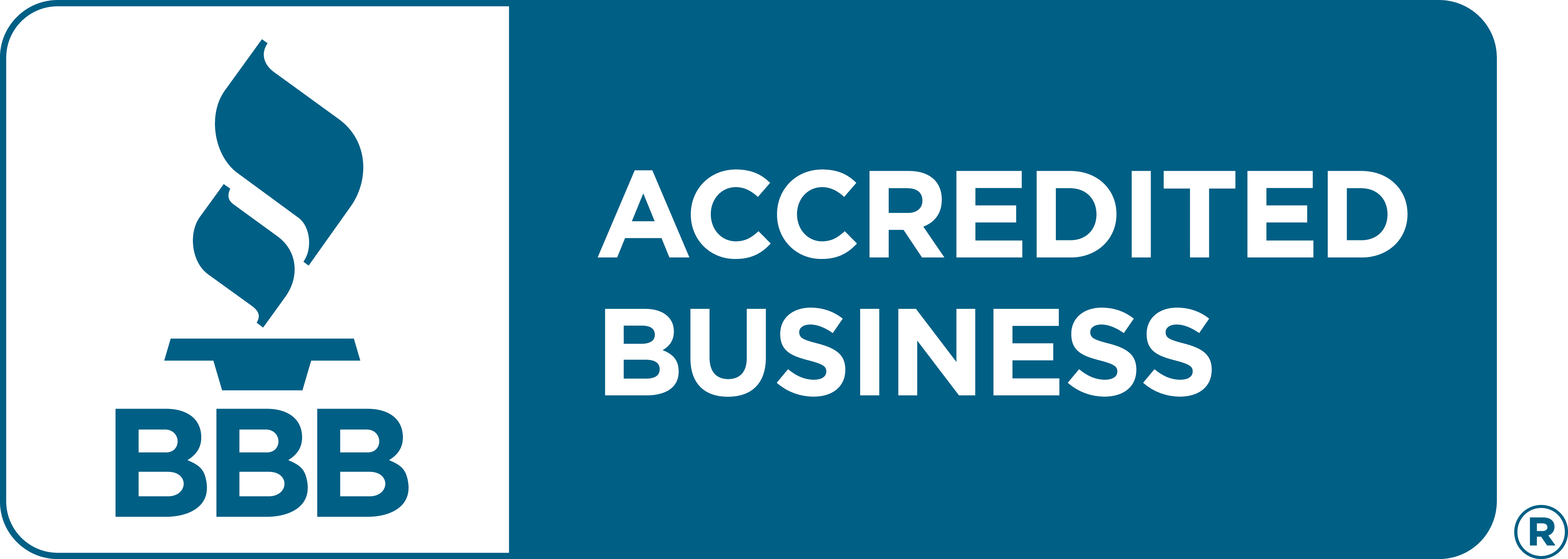How and Why: Checking Car Fluids
Jul 9, 2024

Checking the fluids in your car frequently is an integral part of maintaining the performance and longevity of your vehicle. Fluids such as engine coolant and brake fluid are essential for its functioning so knowing how to check the fluids in your car is general knowledge that’s great to have. In this blog, we’ll look at the different types of fluids to check in your car and how you can do this safely at home.
Six Main Vehicle Fluids to Check
There are 6 main fluids you should check in your car to ensure that it’s functioning properly. These fluids include engine oil, engine coolant, brake fluid, power steering fluid, transmission fluid, and windshield washer fluid. Keep reading to find out why and how you can check these fluids.
Engine Oil
Engine oil is vital for your car as it reduces friction in the engine by lubricating moving parts. This prevents wear and tear so knowing how to check these fluids in your car will help maintain your engine’s performance and increase its lifespan.
To check the engine oil, first park your car on a level surface and allow the engine to cool off. Next, find the yellow or orange handle for the dipstick protruding from the engine and pull it out. Use a rag to wipe it clean, then reinsert it entirely and pull it out again so you can check the oil markings on the dipstick against the oil level. If it’s low, add the recommended type of oil to the engine.
Engine Coolant

The engine coolant prevents the engine from overheating as it controls engine temperature. It’s therefore important to know how to check the engine coolant fluids in your car. Most vehicles have a transparent tank with minimum and maximum fill lines under the hood. If this is one of the fluids to check in your car and you need to add engine coolant, ensure the engine is cool when you open the radiator. Fill it up with engine coolant or a combination of coolant and distilled water if necessary.
Brake Fluid
Brake fluid is essential for braking efficiency. It can absorb moisture, particularly when exposed to air so it’s important to check brake fluid regularly. Mechanics who know how to check brake fluids in cars often recommend a brake fluid flush which removes old fluid and replaces it with new fluid. This should happen if the fluid isn’t clear or light brown and has become dark in color. You can also check the level by referring to the minimum and maximum fill line on the brake fluid container.
Power Steering Fluid
The power steering fluid in your car prevents wear and tear on the steering parts. It also helps maintain the handling safety of your vehicle. To check the power steering fluid, first find the power steering container, which is usually located near the engine. There should be indicators on the container that show you how to check the fluid level in your car by displaying the recommended fluid levels. The color should also be clear or amber, or else it may need to be replaced with a new power steering fluid if the color is dark.
Transmission Fluid
Fluids to check in your car also include the transmission fluid. Transmission fluid maintains the functioning of your transmission so gear changing is smooth and gears don’t slip. Although the process of checking the transmission fluid can vary from one make and model of the vehicle to the next, here’s a general guide.
Most people who know how to check the transmission fluids in cars will usually check this fluid while the engine is running to get an accurate reading. First, put your car in neutral if it’s a manual transmission or park if it’s an automatic. Next, open the hood and find the transmission fluid dipstick. Remove the dipstick and the fluid should be covered to the full line.
Windshield Washer Fluid
The windshield washer fluid ensures you can keep the windshield clean, particularly in adverse weather conditions. It’s usually a transparent container with a blue cap that should be refilled with water if necessary.
Travel Safely with Lift Supports Depot
Knowing how to check the fluids in your car will ensure your vehicle runs smoothly, reducing the chance of expensive repairs or breakdowns. Besides the fluids to check in your car, check the condition of the gas springs for additional safety. You can order factory-tested and approved replacement parts from Lift Supports Depot if your gas springs are worn or lacking output force.




